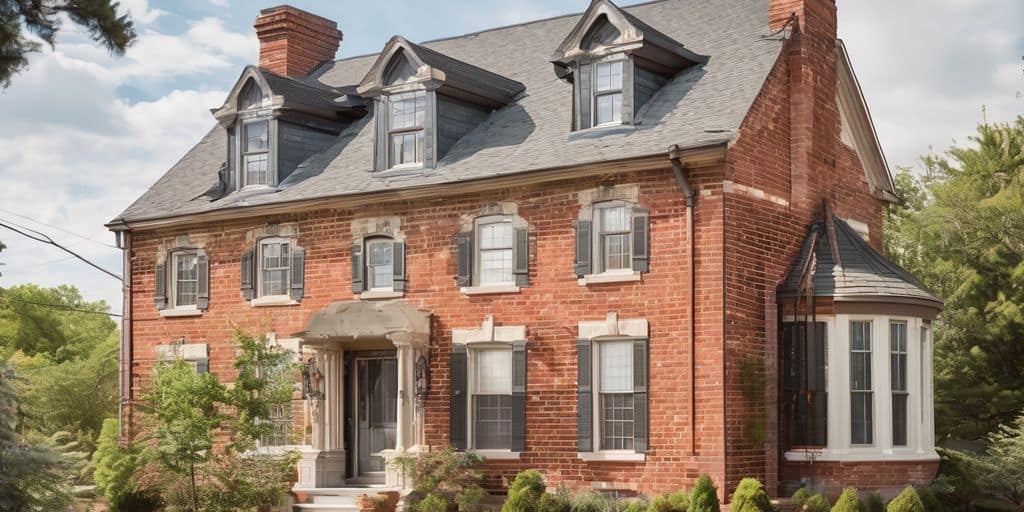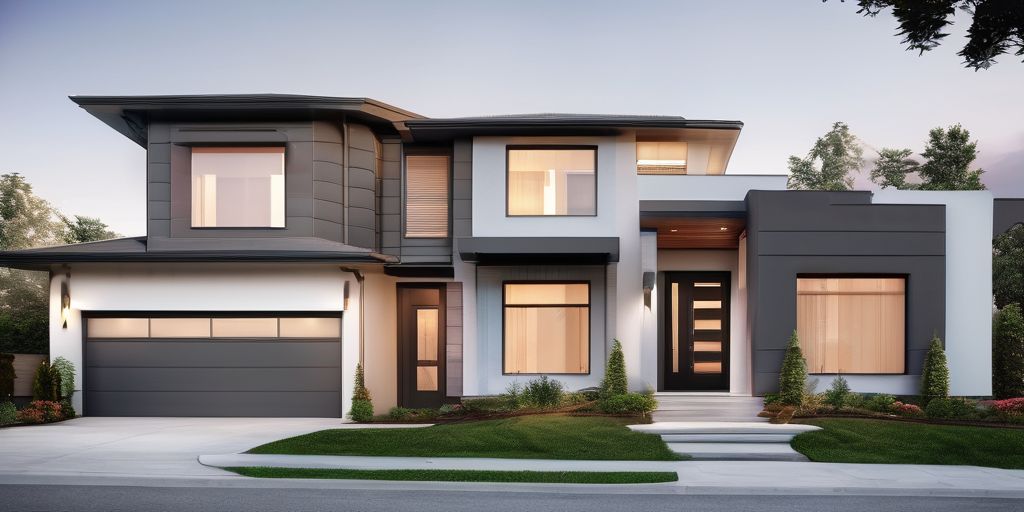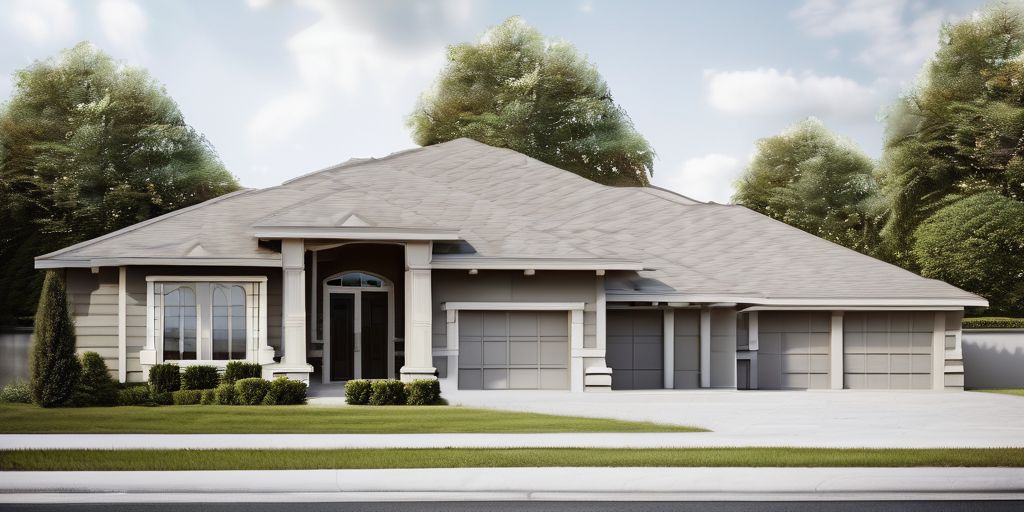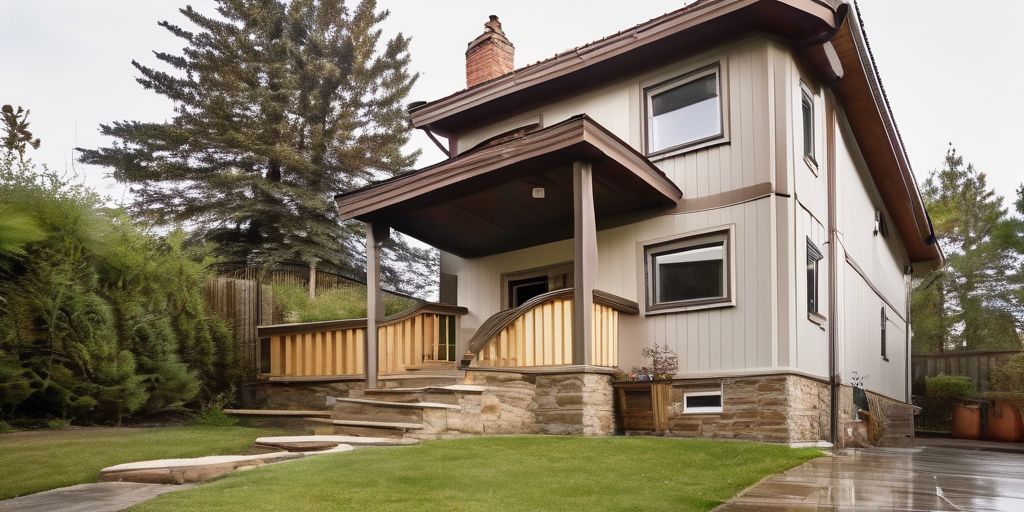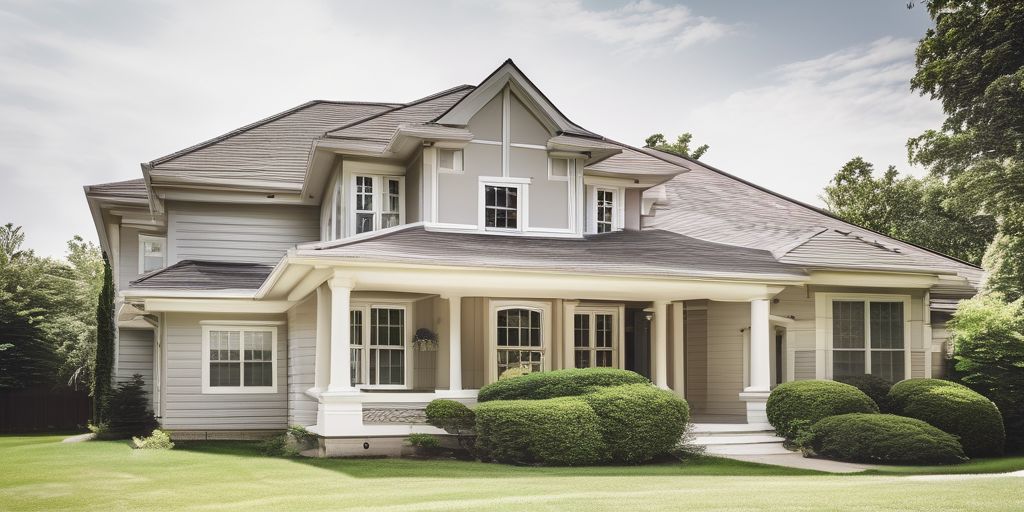Painting brick isn’t just about making it look nice; it’s a detailed job that involves understanding the materials you’re working with. In Hamilton, the type of mortar used can change how well the paint sticks, how long it lasts, and how good it looks. This article will explore different types of mortar, their effects on brick painting, and give you tips on choosing the right paint and getting the surface ready. By knowing these things, homeowners and experts can make sure their painted bricks stay beautiful for a long time.
Key Takeaways
- Different mortars like lime and cement have unique effects on how paint sticks to brick.
- Choosing the right mortar can improve the durability and look of painted brick surfaces.
- Proper surface cleaning and priming are crucial steps before painting brick.
- Regular maintenance helps keep painted bricks looking fresh and lasting longer.
- Eco-friendly paints and sustainable mortars are good for the environment and your home.
How Mortar Types Influence Brick Painting Outcomes
Understanding how different types of mortar affect brick painting can help you make better choices for your projects. Whether you’re working on an old building or a new one, the right mortar can make a big difference.
Differences Between Lime and Cement Mortar
- Different types of mortar, like lime and cement, have unique features that affect brick painting.
- Lime mortar is more porous and can absorb paint differently than cement mortar.
- Cement mortar is less porous, which can lead to better paint adhesion.
- Hybrid mortars combine features of both lime and cement mortars.
Impact on Paint Adhesion
The type of mortar used in brickwork can greatly affect how well paint sticks to the surface. Lime mortar, for example, is more porous and can absorb paint differently compared to cement mortar. This can lead to variations in how well the paint sticks to the surface. Choosing the right mortar is crucial for a durable and visually appealing finish.
Weather Resistance and Durability
- The type of mortar can also impact the weather resistance and durability of painted brick surfaces.
- Lime mortar is more flexible and can handle temperature changes better, but it may not be as strong as cement mortar.
- Cement mortar is more rigid and durable but can crack under extreme weather conditions.
- Hybrid mortars offer a balance between flexibility and strength.
It’s important to note that different brick types and the condition of the mortar can influence the final look of the paint job. For instance, a highly porous brick may absorb more paint, requiring additional coats for even coverage.
Selecting the Right Mortar for Your Brick Painting Project
Choosing the right mortar for your brick painting project is crucial for achieving a durable and visually appealing finish. Different types of mortar, such as lime, cement, and hybrid varieties, have unique characteristics that influence brick painting outcomes. The type of mortar used can affect paint adhesion, color consistency, and weather resistance of painted brick surfaces. Here are some key factors to consider when selecting the right mortar for your project.
Factors to Consider
- Type of Mortar: Lime mortar is more flexible and breathable, making it suitable for older buildings. Cement mortar, on the other hand, is stronger and more durable but less breathable.
- Climate Conditions: In areas like Hamilton, where weather can be quite variable, selecting the right mortar is essential for maintaining the longevity of painted brick surfaces.
- Paint Compatibility: Ensure the paint you choose is compatible with the mortar. Acrylic latex or silicate paints are often recommended.
- Brick Type: Different brick types and the condition of the mortar can influence the final look of the paint job. For instance, a highly porous brick may absorb more paint, requiring additional coats for even coverage.
Common Mistakes to Avoid
- Using the wrong type of mortar for your specific brick type can lead to poor paint adhesion and reduced durability.
- Ignoring local climate conditions can result in a paint job that doesn’t last.
- Failing to properly prepare the surface before painting can lead to uneven coverage and peeling.
Expert Recommendations
- Consult with professionals to determine the best mortar and paint combination for your specific project.
- Always test a small area before committing to a full paint job to ensure compatibility and desired results.
- Regularly maintain your painted brickwork to address any issues early and prolong the life of the paint job.
Proper selection of mortar and paint can significantly enhance the longevity and appearance of your brickwork. By understanding the different types of mortars and their characteristics, you can make an informed decision that will help in achieving lasting quality in your brick painting project.
Preparation Techniques for Painting Brick with Different Mortars
Cleaning and Surface Preparation
When it comes to painting your brick, preparation is key. A clean, primed surface will allow the paint to adhere properly and last longer. Here are some essential steps:
- Ensure the brick surface is clean and free of debris.
- Check for any damage or irregularities that may affect paint adhesion.
- Use appropriate cleaning agents to remove any mold, moss, or stains.
Priming for Optimal Results
Priming is a crucial step to ensure the paint adheres well to the brick surface. Proper priming can significantly enhance the longevity of your paint job. Here are some tips:
- Choose a primer that is compatible with the type of mortar used.
- Apply the primer evenly to cover all areas.
- Allow sufficient drying time before applying the paint.
Choosing the Right Paint
Selecting the right paint is essential for achieving a durable and aesthetically pleasing finish. Consider the following:
- Different types of mortar, such as lime, cement, and hybrid varieties, have unique characteristics that influence brick painting outcomes.
- Acrylic latex paints, silicate paints, and eco-friendly paint choices are all good options.
- The best choice depends on the type of mortar and the specific requirements of the project, such as durability and color consistency.
When selecting exterior brick paint for sunlit areas in Hamilton, preparation and application are crucial for long-lasting results. Proper surface preparation and application techniques for sun-exposed brick surfaces are essential.
By following these preparation techniques, you can achieve lasting quality in brick painting in Brantford. Key tips include choosing the right paint, proper preparation, and maintenance for durability.
Maintaining Painted Brickwork in Hamilton
Regular Maintenance Tips
Keeping your painted brickwork in top shape requires regular care. Here are some tips to help you maintain the beauty and durability of your painted bricks:
- Regular Cleaning: Use a gentle detergent and water to clean the surface. Avoid high-pressure washing as it can damage the paint.
- Touch-Ups: Inspect your brickwork periodically for any chips or cracks in the paint. Promptly touch up these areas to prevent further damage.
- Sealant Application: Applying a sealant can provide an extra layer of protection against weathering and fading.
Addressing Common Issues
Painted brickwork can face several common issues, especially in Hamilton’s climate. Here’s how to address them:
- Moisture Problems: Ensure proper drainage around your home to prevent water from seeping into the bricks. Moisture control is crucial for preserving the integrity of your painted brickwork.
- Fading: Over time, paint can fade due to exposure to sunlight. Using UV-resistant paint can help mitigate this issue.
- Cracking: Temperature fluctuations can cause the paint to crack. Regular inspections and timely repairs are essential.
Seasonal Care
Hamilton’s weather can be quite variable, so it’s important to adjust your maintenance routine according to the season:
- Spring: Inspect for any winter damage and clean the brickwork to remove any salt or grime buildup.
- Summer: Focus on touch-ups and applying a fresh coat of paint if needed. This is also a good time to apply a sealant.
- Fall: Prepare your brickwork for the winter by ensuring all cracks are sealed and the paint is in good condition.
- Winter: Minimize exposure to harsh elements by covering vulnerable areas if possible.
When it comes to maintaining the vibrancy of painted brick homes, it’s not just about the initial application. Regular maintenance, including applying sealant and timely touch-ups, is vital.
By following these tips, you can ensure that your painted brick home remains beautiful and well-protected for years to come. Whether you’re near the bustling Kitchener Market or the serene Victoria Park, a well-maintained home adds to the charm of the Kitchener-Waterloo area.
Case Studies: Successful Brick Painting Projects in Hamilton
Historic Homes
Hamilton’s historic homes often require a careful balance between aesthetic and durability. When painting these homes, it’s crucial to consider the types of bricks and mortar historically used. This ensures that the paint not only looks good but also lasts long. Matching exterior brick paint with Hamilton’s historical aesthetics can be challenging but rewarding. Key steps include:
- Selecting colors that complement the historical context
- Using techniques that preserve the brick’s integrity
- Regular maintenance to address moisture issues
Modern Constructions
For modern constructions, the focus shifts to contemporary design and functionality. The choice of mortar can significantly influence the outcome. Here are some important points:
- Opt for mortar that enhances paint adhesion
- Ensure the paint used is suitable for the specific type of brick
- Consider the building’s exposure to weather elements
Community Feedback
Community feedback plays a vital role in the success of brick painting projects. Residents often share valuable insights on what works best in their neighborhoods. In Hamilton, community engagement has led to solutions that not only improve the look of homes but also contribute to environmental preservation. Some common feedback includes:
- Preference for eco-friendly paint options
- Importance of maintaining the historical charm
- Need for durable and weather-resistant finishes
In Hamilton, blending historical charm with modern aesthetics is a common goal for many brick painting projects. This approach not only enhances the beauty of homes but also preserves the city’s rich heritage.
Environmental Considerations in Brick Painting
Eco-friendly Paint Options
When choosing paint for your brick home, consider eco-friendly options that minimize environmental impact. Durability and UV resistance are key factors to ensure a long-lasting finish. Look for paints that are low in volatile organic compounds (VOCs) to reduce harmful emissions. Some eco-friendly paint choices include:
- Water-based paints
- Natural paints made from plant oils and minerals
- Recycled paints
Sustainable Mortar Choices
Selecting the right mortar is crucial for both the environment and the longevity of your brickwork. Lime mortar is a sustainable choice as it allows bricks to breathe, releasing moisture naturally. This breathability helps in maintaining the structural integrity of the brickwork. Cement mortar, while durable, can trap moisture and cause long-term damage. Consider the following when choosing mortar:
- Breathability
- Environmental impact
- Compatibility with paint
Impact on Local Ecosystems
Brick painting can have a significant impact on local ecosystems, especially in areas like Hamilton with diverse wildlife. Using eco-friendly materials helps in preserving the natural habitat. Avoiding harmful chemicals in paints and mortars can protect local water sources and soil quality. Key considerations include:
- Avoiding toxic chemicals
- Using sustainable materials
- Protecting local wildlife and plants
Proper selection of materials and techniques can significantly enhance the longevity and appearance of your brickwork while being kind to the environment.
Painting brick can be a great way to refresh the look of your home, but it’s important to think about the environment. Using eco-friendly paints and methods can help protect nature while giving your house a new look. Want to learn more about how to paint your brick the right way? Visit our website for tips and services!
Conclusion
In wrapping up, it’s clear that the type of mortar used in brick painting has a big impact on how long the paint lasts and how good it looks. By knowing the different kinds of mortar and how they work with different paints, both homeowners and pros can make smart choices. This helps keep the brickwork looking great for a long time. Regular upkeep and picking the right materials are key to keeping Hamilton’s brick buildings charming and strong. Whether you’re fixing up an old building or working on a new one, the right mortar makes all the difference.
Frequently Asked Questions
How does the type of mortar affect brick painting?
The type of mortar used can change how well the paint sticks to the brick. For example, lime mortar is more porous than cement mortar, which can make the paint look different and last longer.
What should I consider when choosing mortar for a brick painting project?
Think about the weather, the type of brick, and the look you want. Cement mortar is strong and good for harsh weather, while lime mortar lets the brick breathe better.
How do I prepare brick with different mortars for painting?
First, clean the brick surface well. Then, use a primer that works with your type of mortar. This helps the paint stick better and last longer.
What kind of paint is best for brick with lime mortar?
Acrylic latex paint is usually a good choice for lime mortar because it sticks well and lasts a long time. Make sure to use a primer first.
How can I maintain painted brickwork in Hamilton?
Regular cleaning and touch-ups are important. Check for any cracks or peeling paint and fix them right away to keep the brick looking good.
Are there eco-friendly options for brick painting?
Yes, you can choose eco-friendly paints and sustainable mortars. These options are better for the environment and can also be safer for your home.

